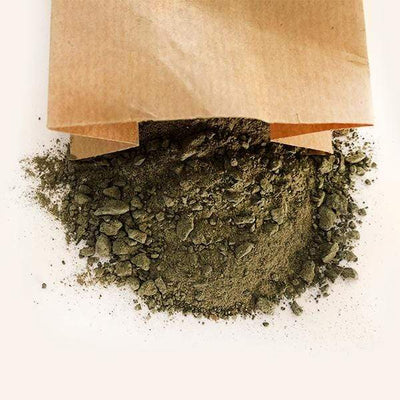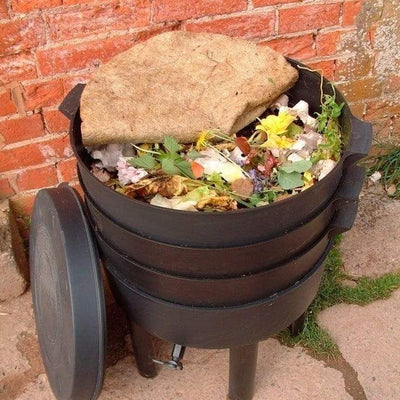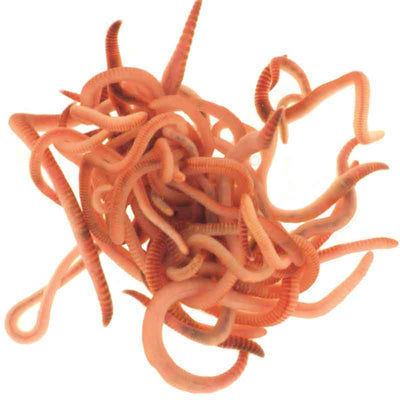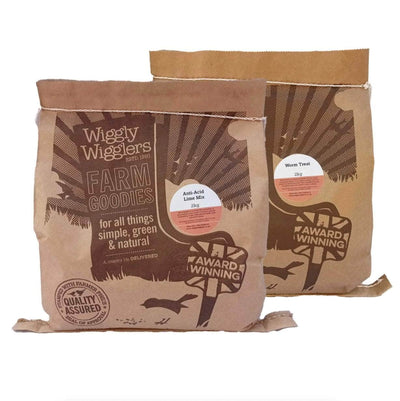Monty Don gave wool pots a nod on Gardeners’ World this week, and it’s great to see a genuinely useful, sustainable British material getting airtime. At Wiggly Wigglers we’ve worked with wool for years through our Woolch fleece mulch, so here’s a clear, fact-based look at why wool products are so good for soil, seedlings, and UK farming – without the fluff.
⸻
🌱 Wool Pots – The Straight Facts
Excellent water retention
Wool fibres can absorb up to 30% of their weight in water while still feeling dry.
This keeps seedlings evenly moist and reduces the risk of them drying out between waterings.
Strong aeration for roots
Wool has a natural crimp, meaning lots of tiny air pockets.
This gives roots oxygen, helps prevent rot, and encourages steady, resilient growth.
Biodegradable and nutrient-rich
As wool breaks down, it releases nitrogen, sulphur, and small amounts of potassium and magnesium – all beneficial for soil biology.
In other words: it becomes slow-release fertiliser right where the young plant needs it.
Reduces plastic use
A plantable pot means no plastic to clean, store, crack, or bin.
Supports British farmers
British wool is renewable and produced every year, but its market value has collapsed in the last decade.
Using wool in gardening puts a homegrown material to good use and helps create demand for something the UK already produces in abundance.
⸻
🌱 Woolch – Raw Fleece Mulch That Works
Woolch works on the same principles as wool pots, but at soil level.
Moisture retention
A thick fleece layer slows evaporation, which is particularly helpful in hot, dry spells.
Weed suppression
Wool blocks light and forms a dense mat that makes germination harder for annual weeds.
Soil improvement
As Woolch breaks down, it improves soil structure and organic matter.
Worms drag fibres into their burrows, increasing aeration and boosting microbial life.
Temperature regulation
Wool insulates. It helps keep soil cooler in summer and reduces temperature swings that stress plants.
⸻
🌱 Quick Wiggly Tips
• Water wool pots well on first use – wool wicks water beautifully once saturated.
• Plant the whole pot – no root disturbance and it will break down naturally.
• For Woolch, aim for a 5–7 cm layer – thick enough to suppress weeds and retain moisture.
• Expect a faint sheepy smell at first – perfectly normal and disappears outdoors.
⸻
Wool is one of Britain’s most underused natural resources, and seeing it highlighted on Gardeners’ World is a welcome boost for sustainable gardening and UK farming. It’s simple, effective, and genuinely good for your soil – no gimmicks required.








